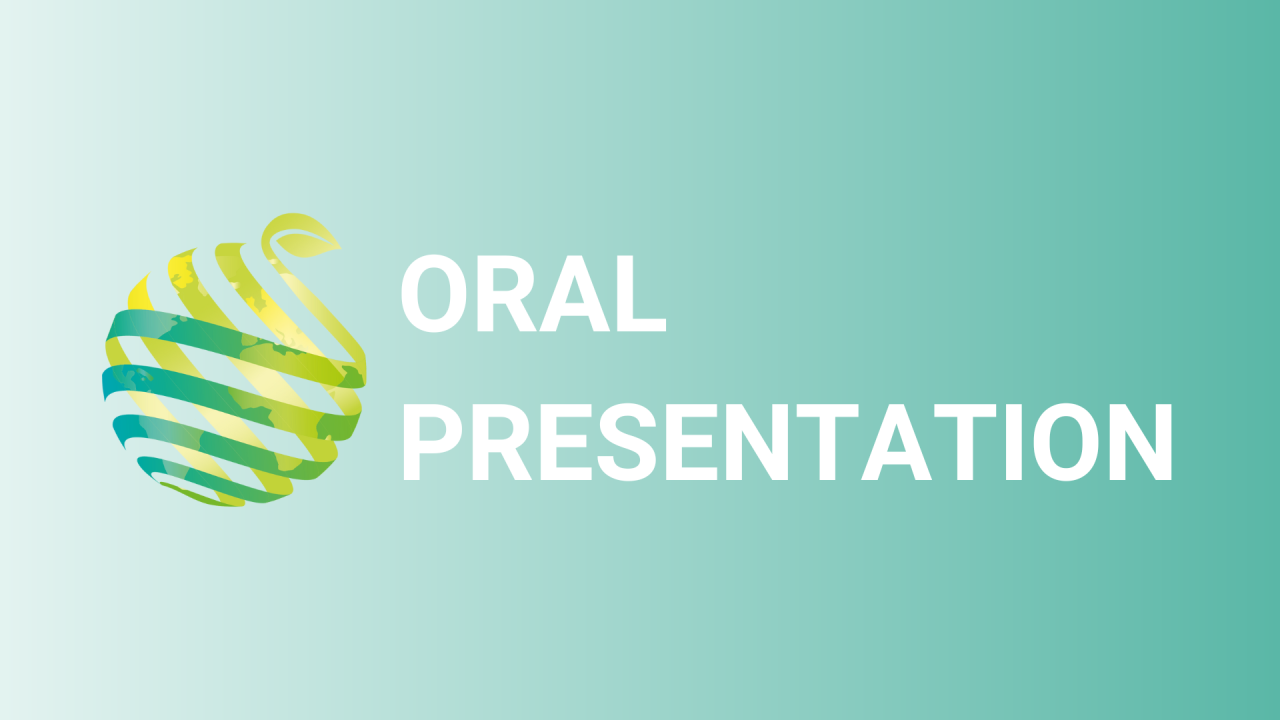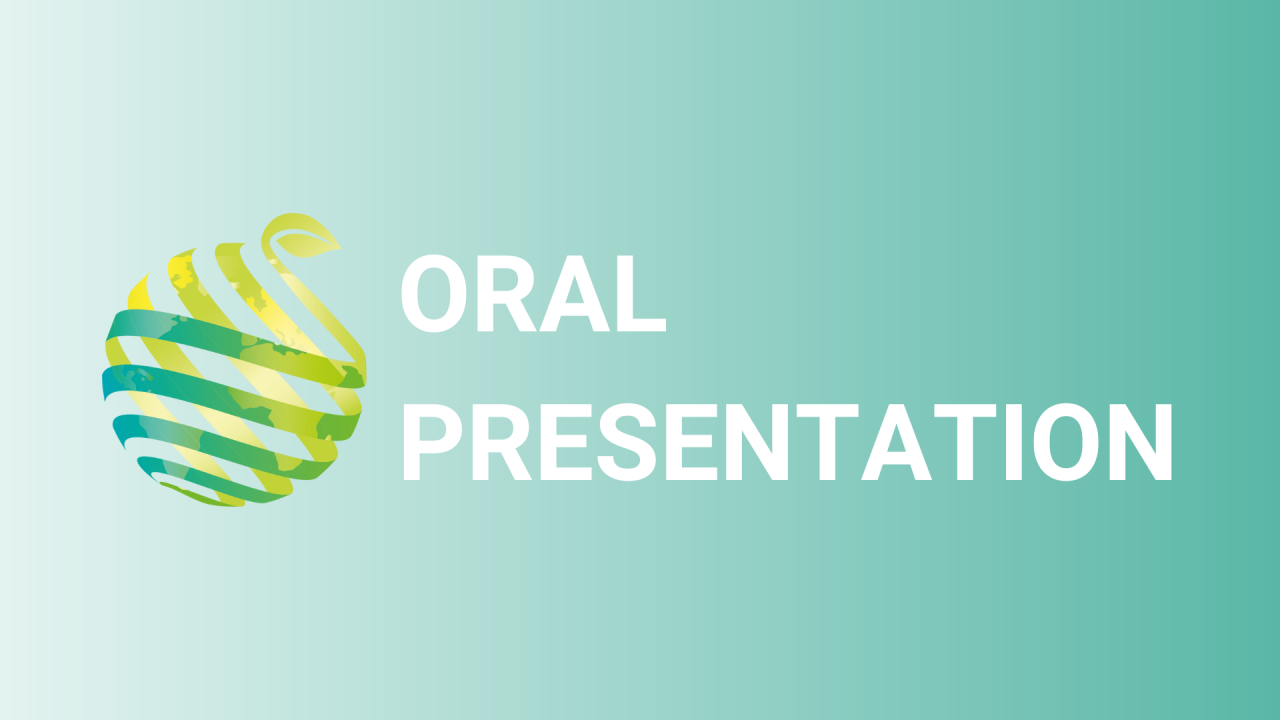

S02 - Session O5 - Multidisciplinary studies to convert the neglected strawberry tree into an economically interesting crop
Information
Authors: João Martins, Glória Pinto, Jorge Canhoto *
The strawberry tree( Arbutus unedo ) is a high resilient Mediterranean species in the plant family of Ericaceae. It has great ecological importance and practical applications in the pharmaceutical and food industries. To shed light on this neglected crop and understand the mechanisms of its abiotic and biotic stress tolerance, three main lines of research were conducted. This work aimed to i) investigate its tolerance mechanism under drought; ii) carry out microbiome characterization, chemical fingerprint and their contribution to plant defence; and iii) breed selected superior genotypes. Physiological, biochemical and metabolomic traits were assessed by collecting data from plants under water restriction. Bacteria and fungi communities were identified using 16S and ITS rRNA sequencing, and their antagonistic ability was tested against the tree's pathogens. Biochemical tests were carried out to assess their ability to solubilize phosphate and to produce ammonia, siderophores and indol-3-acetic acid (IAA). Enzymatic studies using specific substrates were also performed. The main findings showed that the strawberry tree has a typical isohydric behaviour under drought, through tight stomatal control, that depends on plant provenance and genotype. Several key hormones ( e.g ., abscisic and salicylic acids) were up-regulated on plants under stress, and a specific metabolomic profile was determined on high tolerant genotypes. Furthermore, the strawberry tree harbours a diverse fungi and bacteria community that produces several enzymes. It can reduce the effect of the most relevant strawberry tree pathogens, such as Phytophthora cinnamomi , hence playing a pivotal role in the plant defence mechanisms. A similar antagonistic effect was obtained from a crude extract of the leaves as well as isolated phenolics (arbutin and hydroquinone), which revealed a complex and intricate defence mechanism. Finally, selected genotypes were micro-propagated for conservation purposes, and large-scale production was activated by using several techniques (shoot proliferation, organogenesis and somatic embryogenesis). These findings are expected to have an impact on strawberry tree research and set the basis for a long-term breeding program.